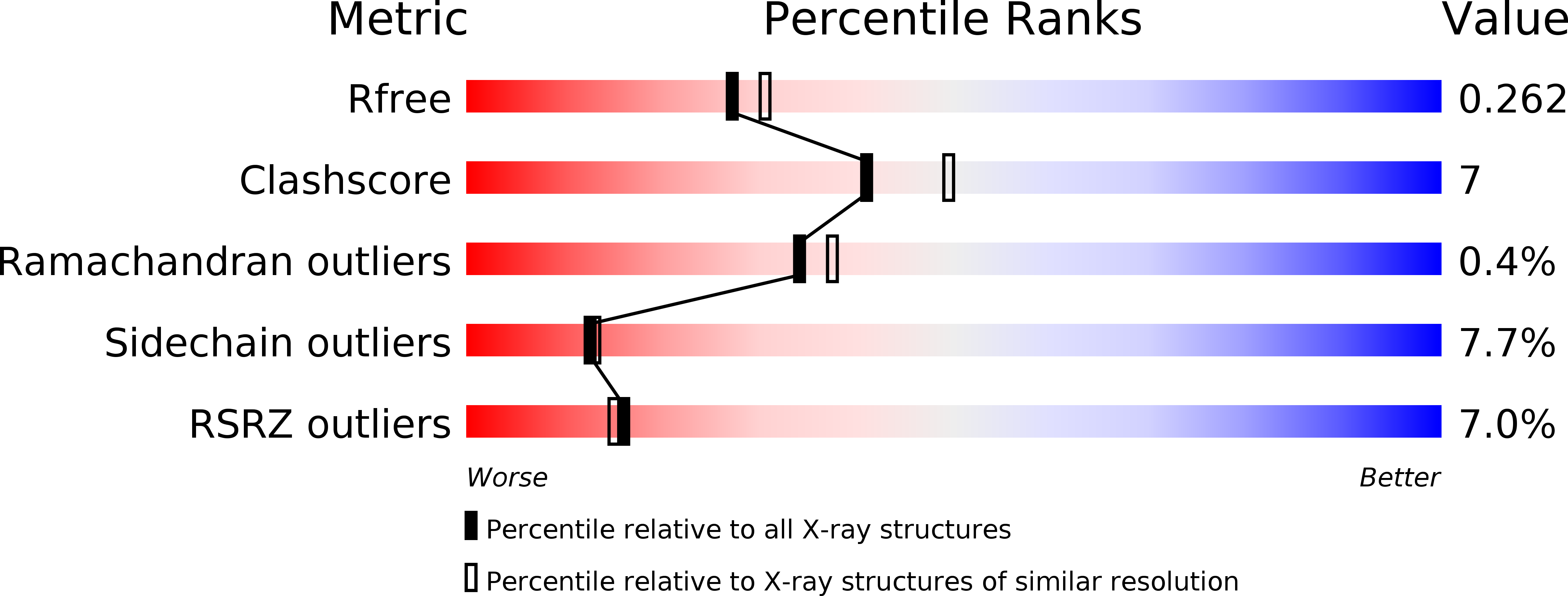
Deposition Date
2012-05-21
Release Date
2012-08-29
Last Version Date
2024-11-20
Entry Detail
Biological Source:
Source Organism:
Human herpesvirus 4 (Taxon ID: 10376)
Homo sapiens (Taxon ID: 9606)
Homo sapiens (Taxon ID: 9606)
Host Organism:
Method Details:
Experimental Method:
Resolution:
2.20 Å
R-Value Free:
0.26
R-Value Work:
0.22
R-Value Observed:
0.22
Space Group:
C 1 2 1


